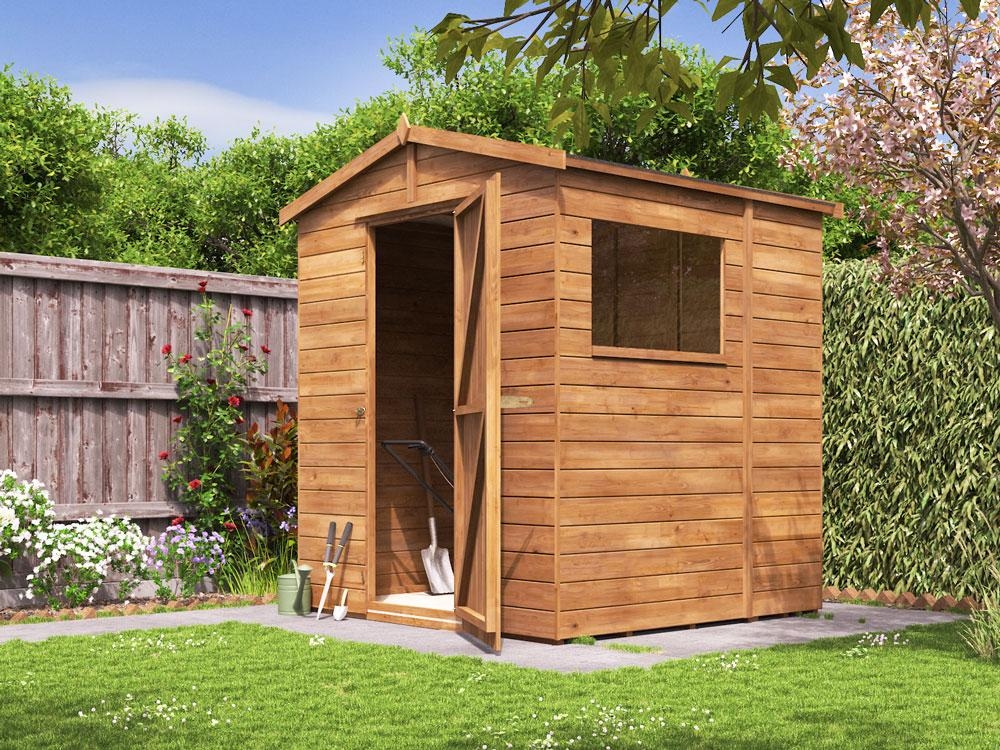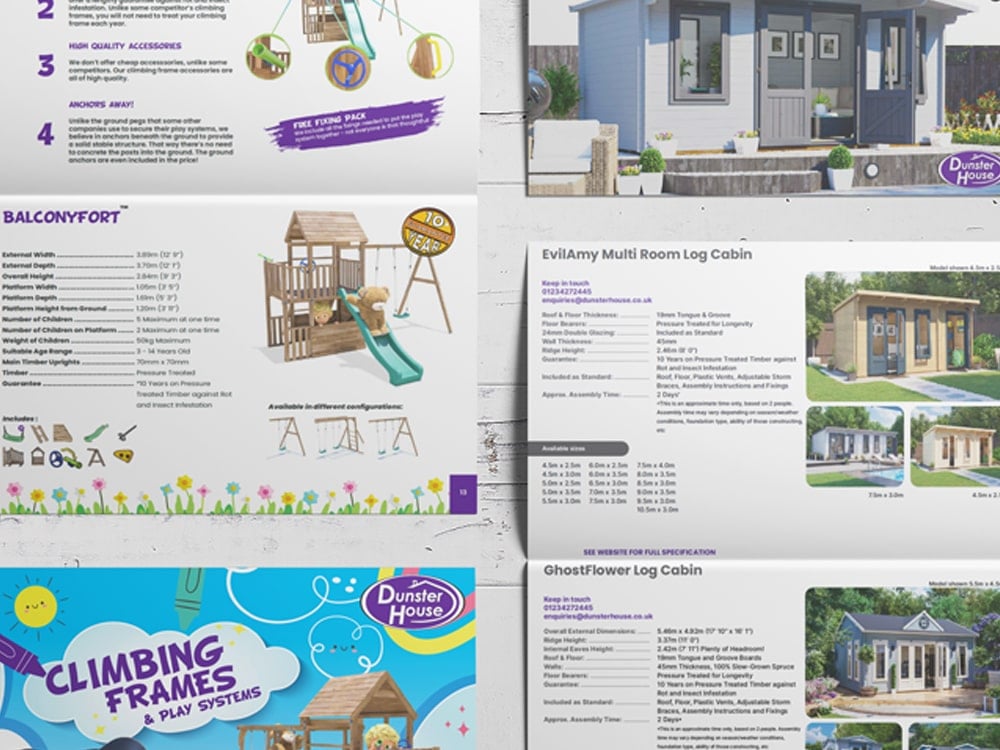Learn how to keep your shed or summerhouse in good condition and prolongs its life. This guide will touch on any seasonal maintenance that is required and need to look out for.
In a nutshell, this easy to follow guide will cover the following:
- Removing mould/mildew
- Treating the exterior timber
- Base inspection
- Timber inspection
- Roof inspection
- Securing locks and hinges
- Timber Guarantees
Removing mould/mildew
If you come across or notice mould appearing on your shed or summerhouse this can be cleaned and removed with a mild bleach solution, or a mould cleaner to kill the spores. Mildew is another form of fungus, however less harmful than mould, and is removed using a mild detergent and warm water.
Treating the timber
After installing your shed or summerhouse you will then go on to treating the untreated timber. This will need to be revisited periodically and applied again by following the manufacturer’s instructions. All our summer houses are untreated, and there are a select few sheds that are too. An untreated timber garden building allows you to personalise it and choose a colour to suit the garden and area it is going to be located in.
If your shed is fully pressure treated it will still need a clear solvent-based treatment which will give it a water repellent coat. Applying a clear treatment, that includes water repellent and fungicide, will reduce the likelihood of twisting, warping, cracking or other movements which occur due to moisture content.
We suggest Sovereign Clear Water Repellent Wood Treatment or Protek Protective Paint, which can be purchased with your shed or summerhouse. This treatment creates a barrier that repels water without suffocating the timber.
Before treating the timber remove any debris and surface moisture. Then, continue to follow the manufacturer’s guidelines on usage and aftercare.
Base inspection
Examine your base and ensure it is level, flat and square as an unlevel base will cause issues for the shed or summerhouse at a later date. The pressure treated floor bearers should not be placed directly into the ground as this will void any guarantees. During the rainy season, it is important to keep the area clear from weed and grass short to allow the timber to dry out thoroughly.
Timber inspection
Inspect all the timber logs/panels and ensure they are all tightened and secure. Look out for any broken parts, particularly around the structural components. If you come across cracks and splits, this is completely normal and you may find it is more visible during warm and dry weather. To prevent further cracks use a quality treatment as instructed above.
Roof inspection
To protect the timber roof of your shed or summerhouse you will have a covering, either felt or shingles, which will need checking. This protective layer keeps the timber intact for any adverse weather conditions it has experienced through the years. Therefore, it is vital to inspect the fixings, glue or nail down any tears or flaps and ensure the covering has no holes. Based on the damage you may be able to fix it with adhesive and more clout nails. Felt and shingles are both great roof covering materials but felt may not last as long as shingles, resulting in a complete replacement when it wears.
Securing locks and hinges
Locks and hinges on your summerhouse and shed will be exposed, and can over time become stiff, which can easily be loosened and released with grease. With the opening and closing of doors and windows, they can require some adjustment.
Guarantees
Use the link below for a detailed copy of our ten-year guarantee, against rot and insect infestation, for all pressure treated goods.





